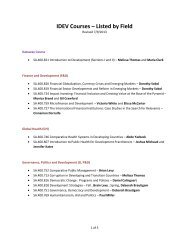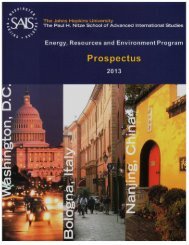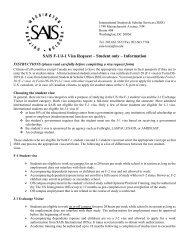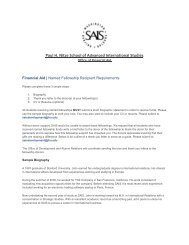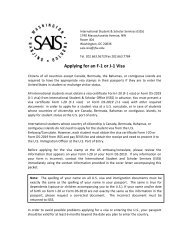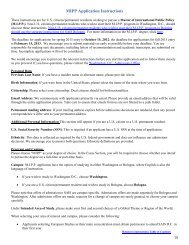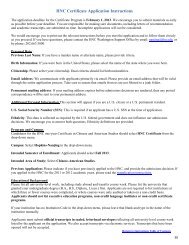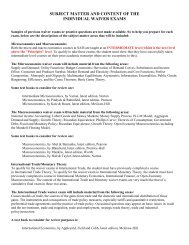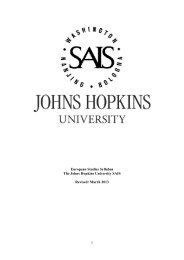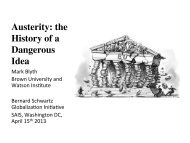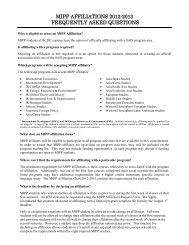Tunisia: Understanding Conflict 2012 - Johns Hopkins School of ...
Tunisia: Understanding Conflict 2012 - Johns Hopkins School of ...
Tunisia: Understanding Conflict 2012 - Johns Hopkins School of ...
You also want an ePaper? Increase the reach of your titles
YUMPU automatically turns print PDFs into web optimized ePapers that Google loves.
October 2011. The PDP and the UPL flouted this rule without serious repercussions,<br />
except perhaps at the ballot box. The electoral commission attempted to pursue legal<br />
action against the violating parties, but a judge dismissed the charges, highlighting the<br />
lack <strong>of</strong> enforcement power <strong>of</strong> the electoral commission (Zouari, 28 September 2011).<br />
Interpreting the Constituent Assembly Elections<br />
The NCA elections on 23 October 2011 provided the first real opportunity to evaluate the<br />
strength <strong>of</strong> the political parties, and as predicted, Ennahdha was the clear winner.<br />
However, many analysts did not anticipate the performance gap between Ennahdha and<br />
its secular rivals. Ennahdha captured 37% <strong>of</strong> the vote, while the next closest party,<br />
Congress for the Republic, won only 8%. Of all the parties falling short <strong>of</strong> expectations at<br />
the polls, the PDP’s poor showing came as the biggest surprise. The party captured only<br />
3% <strong>of</strong> the vote, despite supposedly being well positioned as one <strong>of</strong> the main opposition<br />
parties under Ben Ali. The biggest surprise success story may have been Al-Aridha, a<br />
party that emerged from nowhere to place third in terms <strong>of</strong> seat allocations.<br />
The distribution <strong>of</strong> seats between the parties is analyzed further below, but first, it<br />
is important to remember who the current NCA represents—half <strong>of</strong> all eligible voters<br />
who exercised their right to vote. Only two-thirds <strong>of</strong> those voters are now represented in<br />
the assembly by the party they selected. The other third voted for parties that did not<br />
receive enough votes to receive a seat in the NCA (Pickard 2011, 639). In other words,<br />
the current composition <strong>of</strong> the NCA reflects the will <strong>of</strong> approximately 34% <strong>of</strong> the voting<br />
age population.<br />
For this reason and others, Ennahdha’s victory does not lend itself to a clear-cut<br />
interpretation. Part <strong>of</strong> Ennahdha’s success owes to its grassroots network <strong>of</strong> supporters<br />
and apparently deep financial resources, as well as its reputation for being effective and<br />
capable <strong>of</strong> getting things done. Moreover, Ennahdha enjoyed the greatest level <strong>of</strong> name<br />
recognition throughout the country, due to its highly visible opposition to Bourguiba and<br />
Ben Ali, as well as its efforts to campaign in both rural and urban areas throughout the<br />
country. It was the only party to make a concerted effort to have a presence on the ground<br />
in all electoral constituencies (Churchill, 27 October 2011). Also important, Ennahdha<br />
98



